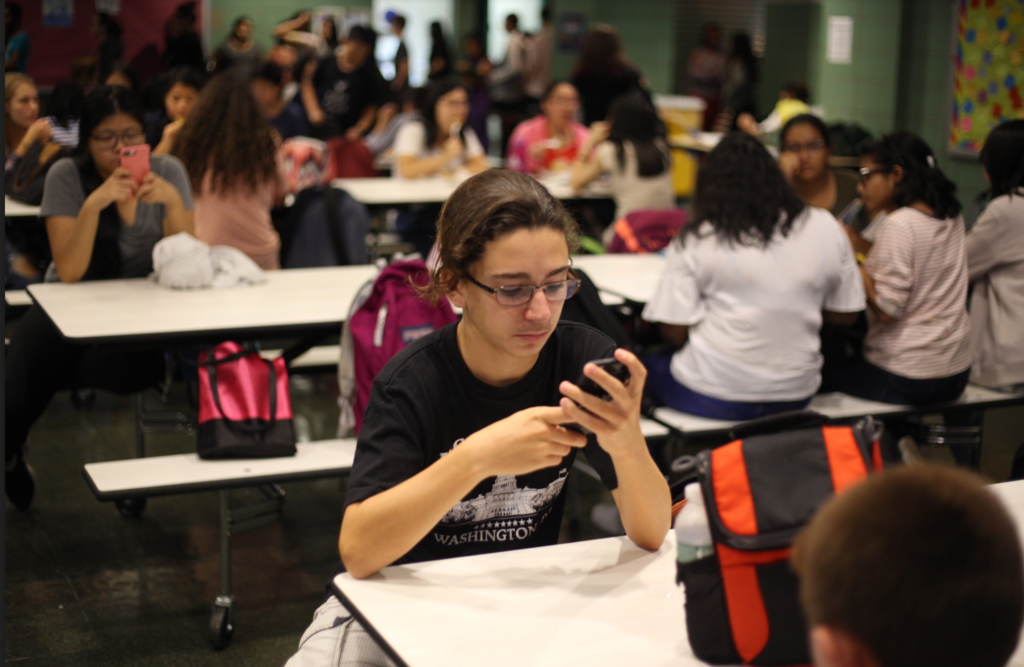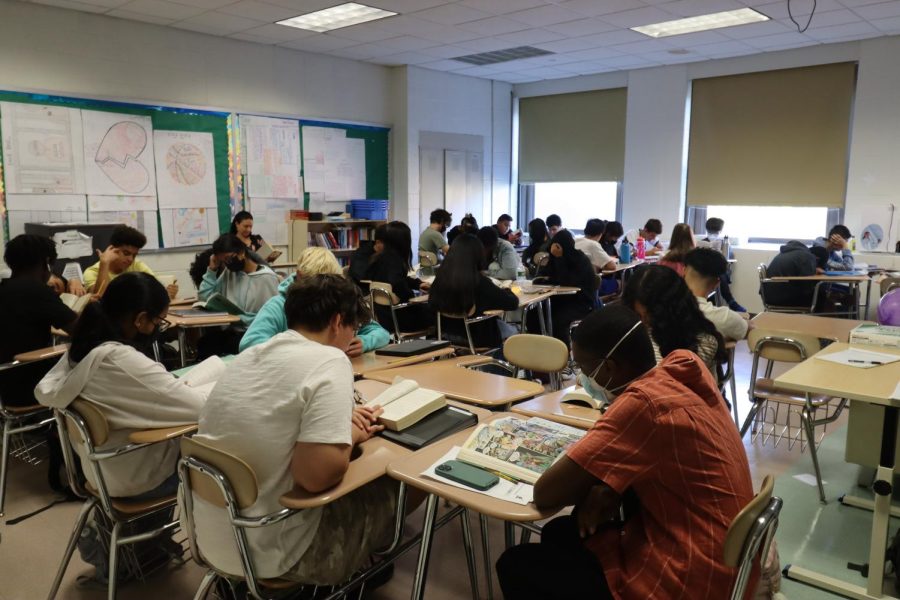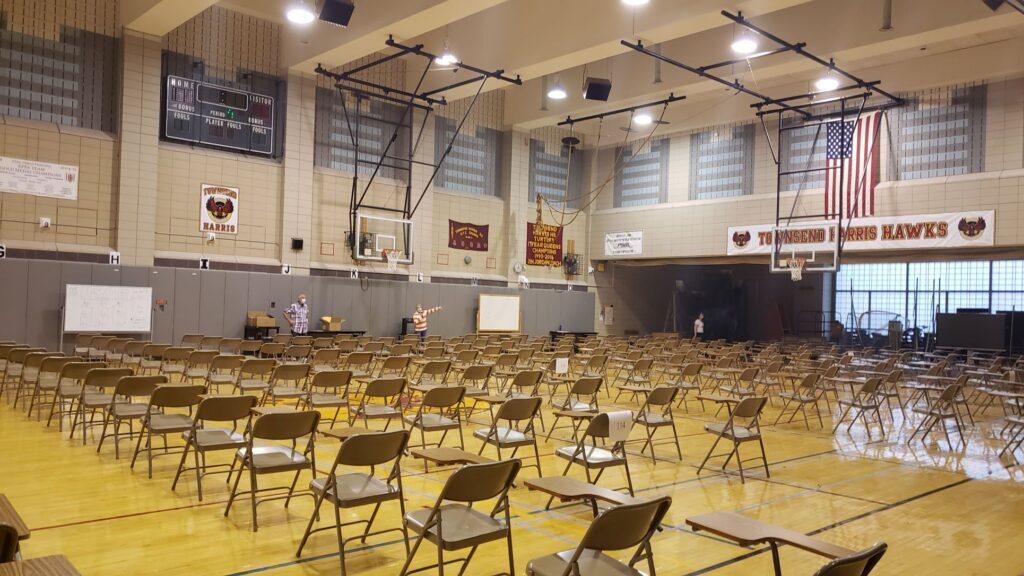
Students taking the SAT will no longer have to stress about broken pencil tips, hand cramps, and eraser marks. Hours of anxiously filling in those infamous bubbles with graphite pencils will be long gone as the College Board announced on January 25 that the SAT, an exam commonly used by colleges to admit students, will shift to a digital format in 2024. Students will be able to take the SAT on electronic devices such as tablets and laptops, and the exam will be shortened to accommodate the digital change. The transition will begin internationally in Spring 2023, and once phased out, the paper-and-pencil structure of the test is not set to return.
Priscilla Rodriguez, vice president of College Readiness Assessments at the College Board, said in a social media statement that this new exam format is being introduced “to respond to the evolving needs of students.” She also said that “the digital SAT will be easier to take, easier to give, and more relevant.”
In the early stages of the COVID-19 pandemic, the College Board suggested there would be a remote SAT in the future, yet no virtual exams were administered during the height of the pandemic. In April 2020, The College Board initially announced that the SAT team was beginning to experiment with a virtual SAT for students to take at home. In June 2020, after both the May and June SAT exams had been canceled, the College Board announced that there would not be a virtual opportunity to take the SAT that year, and that it would be put on hold. However, The College Board did administer remote AP exams in late May and early June of 2020.
Some students question why a remote SAT was not prioritized when it was most necessary to ensure the safety of those taking the exam.
“Digital SATs would have been more effective for students taking it during the peak of the pandemic. Instead they were under immense pressure to keep pushing themselves to study for this long test even under the pandemic stress,” said freshman Jasmyn Pillay.
“The timing doesn’t make sense, because why 2024? Why do it during that time? They should have offered a virtual SAT in the height of the pandemic,” said junior Chayti Biswas.
“The pandemic has accelerated plans we’ve long had to deliver the SAT Suite of Assessments digitally,” said The College Board Communications.
In recent months, many universities have extended their admissions criteria to being test-optional for several more years and some even permanently. According to FairTest, at least 1,785 schools are remaining test-optional for those enrolling in the fall of 2022. The number of schools going test-optional is increasing, and the number of students taking the SAT has declined.
“The 2021 SAT Suite of Assessments Program Results shows that 1.5 million students in the high school class of 2021 took the SAT at least once, down from 2.2 million in the class of 2020,” reported The College Board Newsroom.
“In a largely test-optional world, the SAT is a lower-stakes test in college admissions. Submitting a score is optional for every type of college, and we want the SAT to be the best possible option for students,” Ms. Rodriguez further said on social media.
Other changes to the original SAT include a more concise reading format, which will substitute long passages with multiple questions attached to shorter passages that refer to only one question. In addition, calculators will be allowed for the entire math section. The testing will also be adaptive, with different test forms that change as a result of students’ answers. More time will be provided to answer each question as well, despite the test being cut down from three hours to two hours.
Junior Brian Judge said, “With an hour cut from the SAT, this [change] can give motivation for students to do their best and give it their all in the short time period. Also, it can give students the break of not having to stare at a screen for an extra hour while completing the test.”
“I think that cheating is a concern, in addition to technology issues. Everyone has different Wi-Fi connections/devices,” said Sophomore Zara Islam.
While the College Board has shared much information regarding the exam format, security, and efficacy of the digital SAT, students still are concerned about what the future of this new test will be.
“As a freshman, my grade will be among the first to experience this new testing method…we are going to be the guinea pigs to see how well this works and how it can be fixed. In a way, this is pretty scary,” said Jasmyn.
Photo by Elliot Heath




























